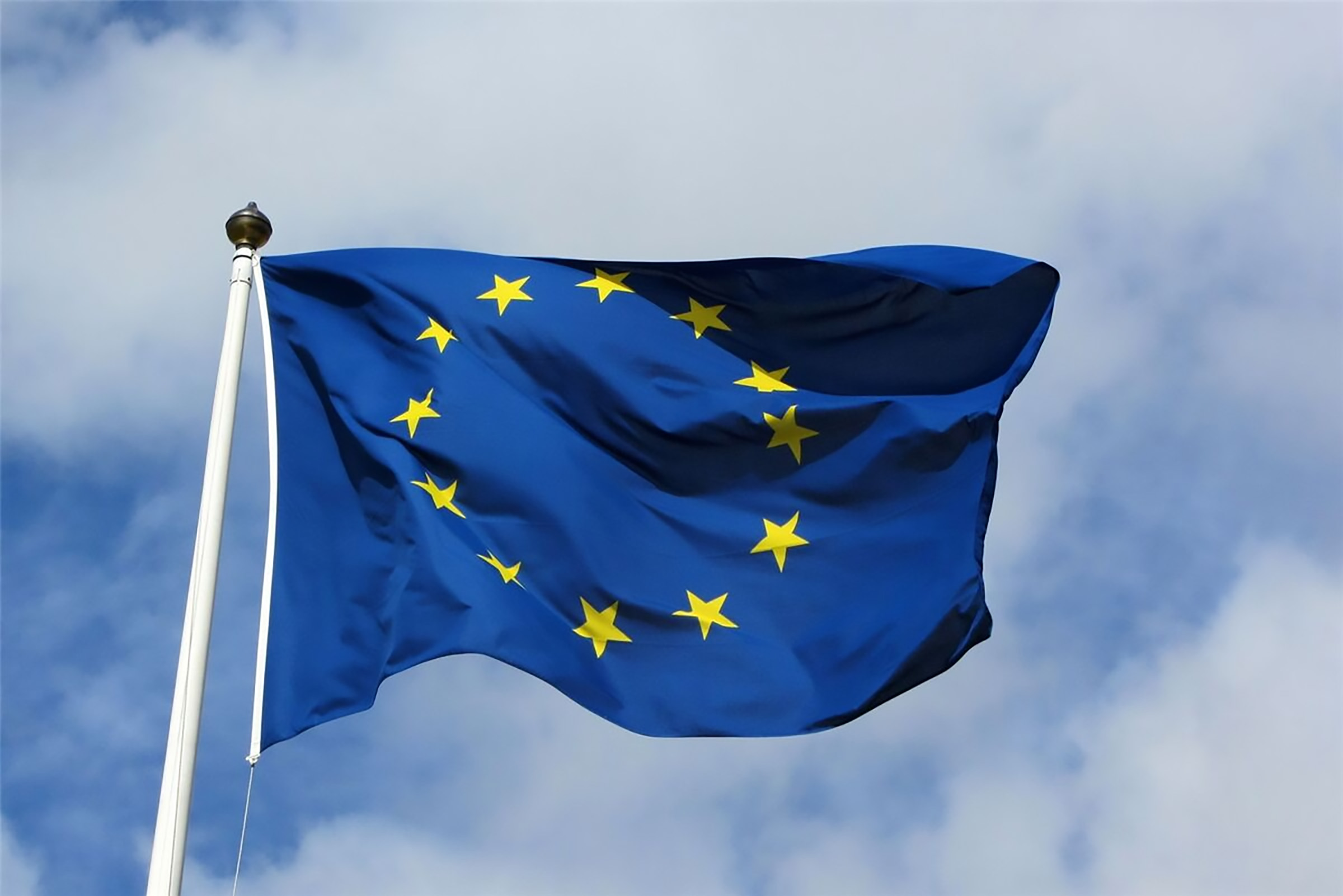The European Commission has unveiled its 2025–2030 work plan under the Ecodesign for Sustainable Products Regulation (ESPR) and Energy Labelling Regulation, setting the stage for a sweeping transformation in how products are designed, made, and marketed across the EU. The initiative aims to accelerate the transition to a circular economy by embedding sustainability across the entire product lifecycle—moving far beyond energy efficiency to include standards for durability, repairability, recyclability, and recycled content.
The first wave of sectors targeted under the plan includes steel, aluminium, apparel textiles, furniture, tyres, and mattresses—chosen for their high environmental impact and their potential to drive meaningful progress on the EU’s climate and resource-efficiency goals. These industries are expected to benefit from harmonized, EU-wide regulations that promote innovation while reducing administrative complexity and trade barriers.
To support implementation, the Commission will roll out several key tools designed to reshape both business practices and consumer behavior. Repairability scores will be introduced for products like electronics and small appliances, helping consumers choose longer-lasting, more serviceable options. Meanwhile, new recyclability requirements for electrical and electronic equipment will ensure products are easier to dismantle and process at the end of their life. Central to the initiative is the Digital Product Passport, a transparency tool that will disclose detailed environmental information—such as a product’s carbon footprint and resource efficiency—enabling informed decision-making across the value chain.
“This initiative marks a major step toward making the circular economy a reality on the ground and sustainable products the norm across the EU,” said Jessika Roswall, Commissioner for Environment, Water Resilience and a Competitive Circular Economy.
The plan will be enacted through delegated acts for each product group, following thorough impact assessments and stakeholder consultations. While some critics have called for broader coverage to include categories like footwear, paints, and chemicals, the Commission has emphasized the need for high standards and clear priorities to foster legal certainty and encourage investment—especially for SMEs and micro-enterprises.
As the regulatory landscape evolves, companies that embrace sustainable, high-performance product design stand to gain a competitive edge. The ESPR framework is not just a regulatory shift—it is a market signal, pointing toward a future where circularity, transparency, and innovation are the benchmarks of industrial success in the EU.



